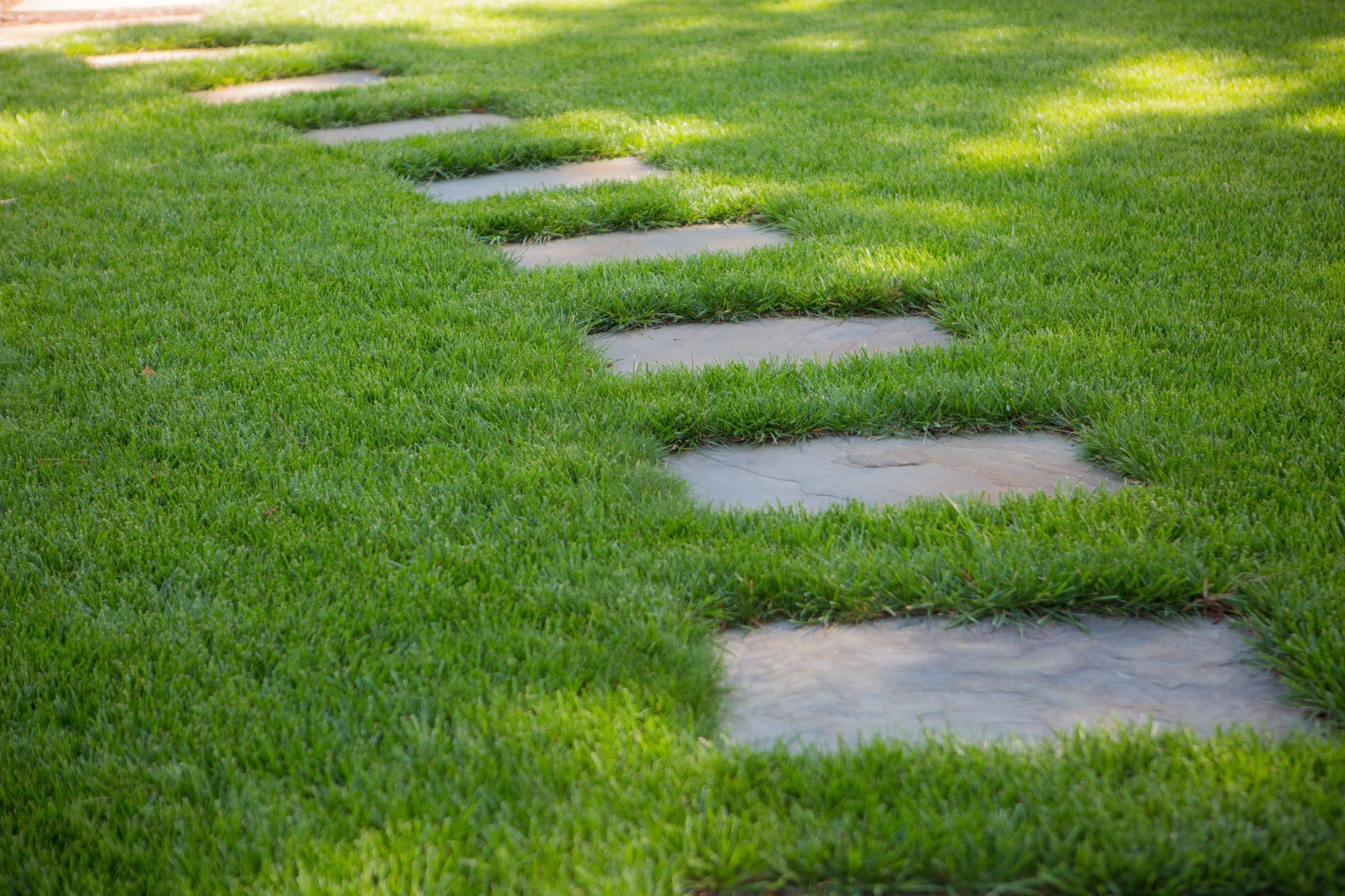
Make your lawn
cleaner and greener.
Our website is currently under construction. We appreciate your patience and look forward to sharing our new site with you soon.

Our website is currently under construction. We appreciate your patience and look forward to sharing our new site with you soon.